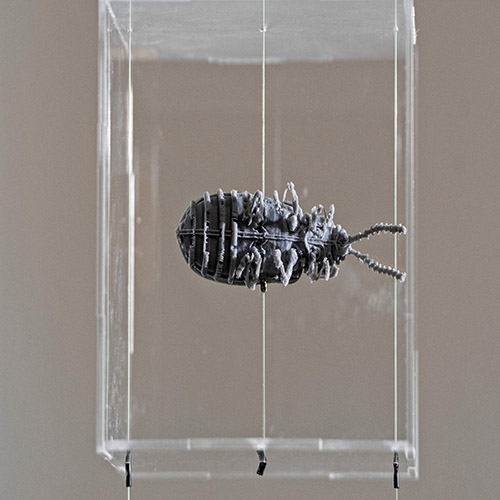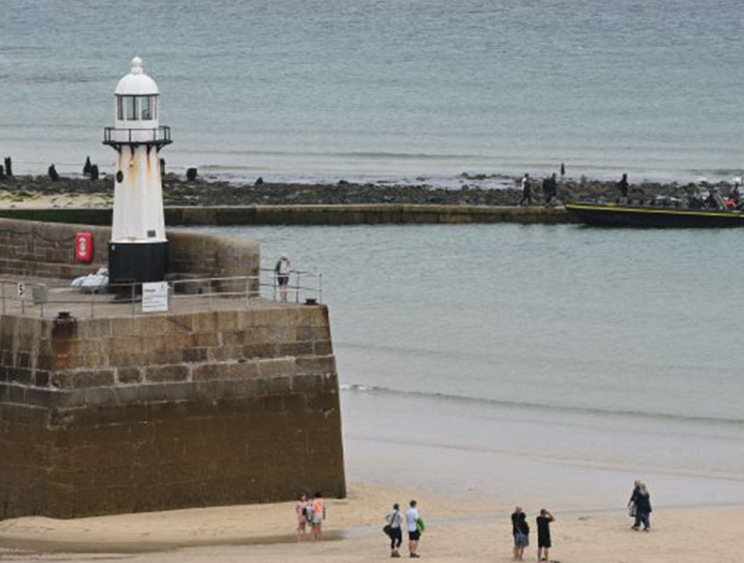SYDNEY — An emerging “insect apocalypse” will have radical effects on the environment and humankind, an Australian scientist has warned.
An international study on the future of insects under climate change scenarios has found the loss of insects will drastically reduce the ability of humankind to build a sustainable future.
Co-author William Laurance, of James Cook University in Australia, said the biosphere had already warmed by about 1.1 degrees Celsius since industrialization.
It is projected to warm a further 2-5 degrees Celsius by 2100 unless greenhouse gas emissions are significantly reduced.
An insect’s small body size and inability to regulate their own body temperature made them particularly susceptible to changing temperature and moisture levels, Laurance said in a Tuesday statement.
“A growing body of evidence shows many populations of insects are declining rapidly in many places. These declines are of profound concern, with terms like an emerging ‘insect apocalypse’ being increasingly used by the media and even some scientists to describe this phenomenon,” Laurance said.
“The loss of insects works its way up the food chain, and may already be playing an important role in the widespread decline of their consumers, such as insect-eating birds in temperate environments.”
Insects are important parts of biodiversity and provide services to the wider environment — including pollination, pest control and nutrient recycling — all of which are beneficial to other creatures, including humans, Laurance said.
The study found climate change amplified the effects of other factors threatening insect populations, such as pollution, habitat loss and predation.
“It’s essential to manage and restore habitats that make them as ‘climate-proof’ as possible and enable insects to find refuges in which they can ride out extreme climatic events,” Laurance said.
“The evidence is clear and striking. We need to act now to minimize impacts on insect populations — we know how to do it, but the decision making and requisite funding keep getting pushed down the road,” Laurance added.
——-
©2022 dpa GmbH. Distributed by Tribune Content Agency, LLC.


















